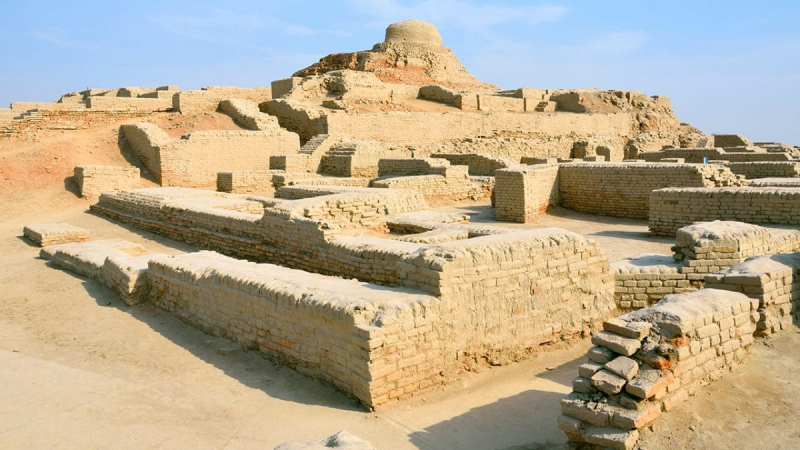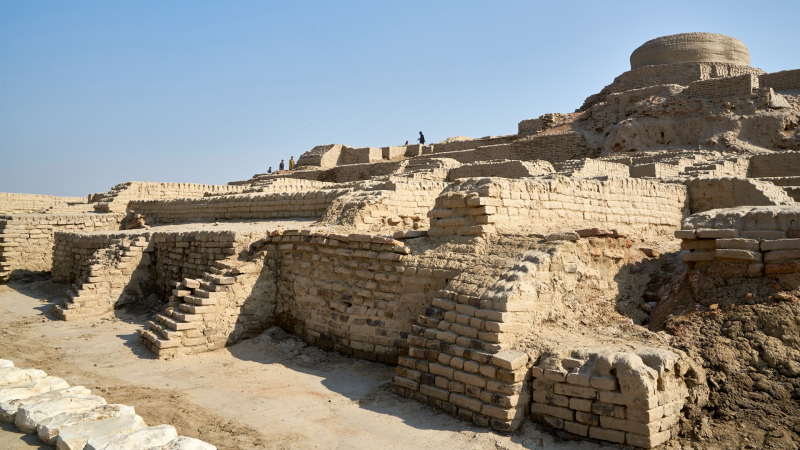The Indus Valley Civilisation
The Indus Valley Civilisation, also known as the Indus Civilisation or the Sindhu-Sarasvati Civilisation, was a Bronze Age civilization in the northwestern areas of South Asia that lasted from 3300 BCE to 1300 BCE, and from 2600 BCE to 1900 BCE in its final form. It was one of three early civilizations of the Near East and South Asia, and it was the most extensive of the three, with an estimated population of about five million people in its mature (Integration) phase. Its locations were spread across northeast Afghanistan and parts of Pakistan, as well as western and northwestern India.
From the Arabian Sea to the Ganges, the Indus River lowlands cover more than 386,000 square miles (1 million square kilometers). The civilization thrived in the alluvial plain of the Indus River, which runs the length of Pakistan, as well as along a network of perennial monsoon-fed rivers that originally ran near the Ghaggar-Hakra, a seasonal river in northwest India and eastern Pakistan.
The ancient Indus towns were known for their urban planning, baked brick dwellings, intricate drainage systems, water delivery systems, clusters of enormous non-residential buildings, and handicraft and metalworking techniques. The Indus culture is also known as the Harappan civilization, after its type site Harappa, which was the first to be excavated early in the twentieth century in what was then British India's Punjab region and is now Pakistan's Punjab. Neolithic cultures inhabited the early Harappan cultures, the most famous of which is Mehrgarh in Balochistan, Pakistan. To separate it from earlier cultures, the Harappan civilization is sometimes referred to as Mature Harappan.
Despite the fact that over a thousand Mature Harappan sites have been reported and nearly a hundred excavated, there are five major urban centers: Mohenjo-daro in the lower Indus Valley (designated a UNESCO World Heritage Site in 1980 as "Archaeological Ruins at Moenjodaro"), Harappa in the western Punjab region, Ganeriwala in the Cholistan Desert, Dholavira in western Gujarat (designated by UNESCO World Heritage Site in 2021 as "Dholavira: A Harappan City"), and Rakhigarhi in Haryana.
Period: 3300–1300 BC; mature period 2700-1700 BC
Original location: Basins of the Indus river, Pakistan and the seasonal Ghaggar-Hakra river, northwest India and eastern Pakistan
Current location: in modern Pakistan, north-west India, and Afghanistan
Major highlights: One of the most widespread civilizations












